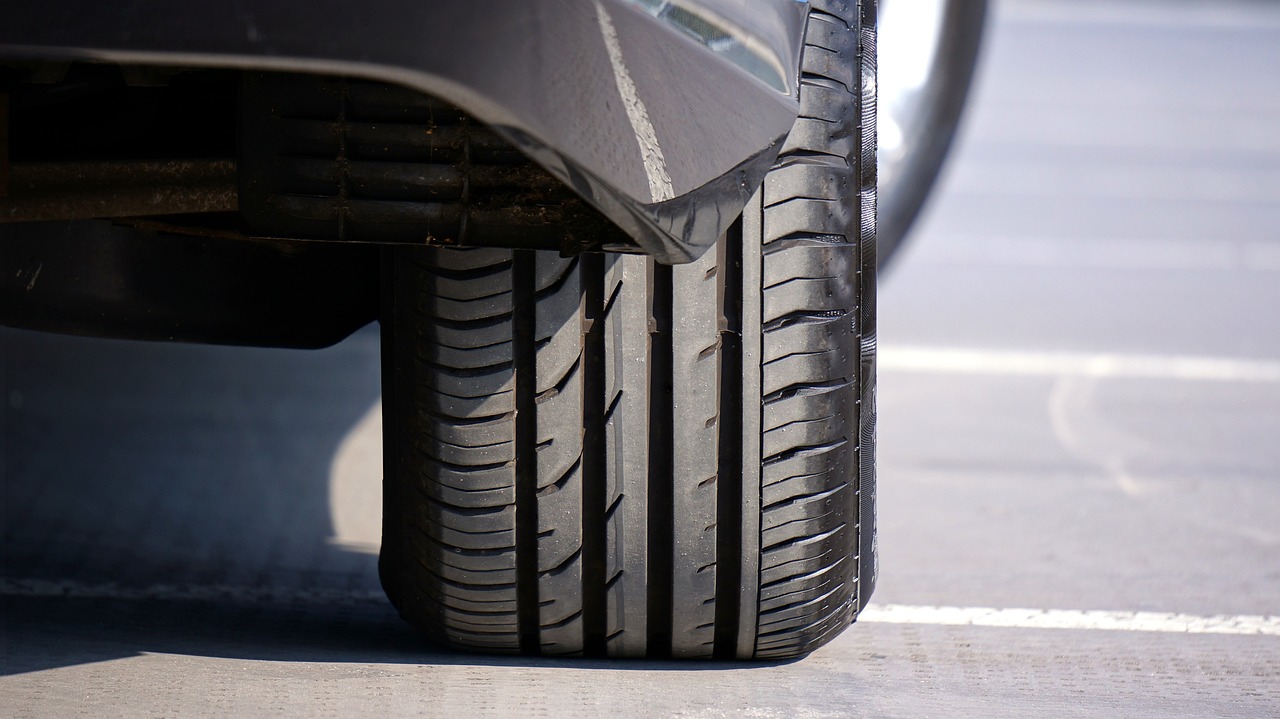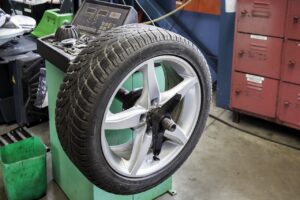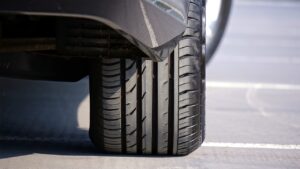
Tire life, also known as mileage, represents the life expectancy of a tire expressed in kilometers. When you buy a new car, tire life is indicated. However, in the case of a used car, this life is estimated by the dealer. In fact, on the sidewall of the tire, it is compulsory to mention certain information such as the name of the manufacturer, the size and model, the date of manufacture and the life expectancy in kilometers of the tire in question.
What is the average tire life in kilometers?
The average life of a given tire depends on a number of factors, as well as on conditions of use. In what follows, we’ll describe some of the factors and conditions that affect the average life of tires. First of all, it’s important to know that tires are classified into different categories, which determine their quality and, consequently, their lifespan. According to manufacturers’ estimates, the usual life of a tire is between five and ten years at most.
This video can explain it more:
This figure varies according to various factors that depend on the tire’s conditions of use and storage, such as humidity and temperature extremes. To avoid any risk to your road safety, we recommend that all tires over five years old be checked at least once a year by an approved professional.
Extreme temperatures, Climatic conditions and Terrain
Excessive temperatures have a negative impact on the quality of your tires. High temperatures increase fuel consumption, leading to wear and damage to the rubber, as well as reduced grip and braking performance.
Climatic conditions have an effect on the condition of your tires. In fact, there are three main weather conditions – rain, ice and snow – that impact durability and cause your tires to suffer. For example, driving on wet pavement can increase the risk of damage and wear to your tires, considerably reducing their lifespan.
The relief and nature of the terrain covered by your car play an important role in tire durability and, consequently, the frequency with which tires need to be replaced. Stony roads, potholes, speed bumps are all bad road infrastructure when it comes to the durability of your tires. Also, even if it seems harmless, a bumpy road can lead to cracks and small incisions in the tire tread. For this reason, try to avoid driving on these types of road profiles as much as possible.





